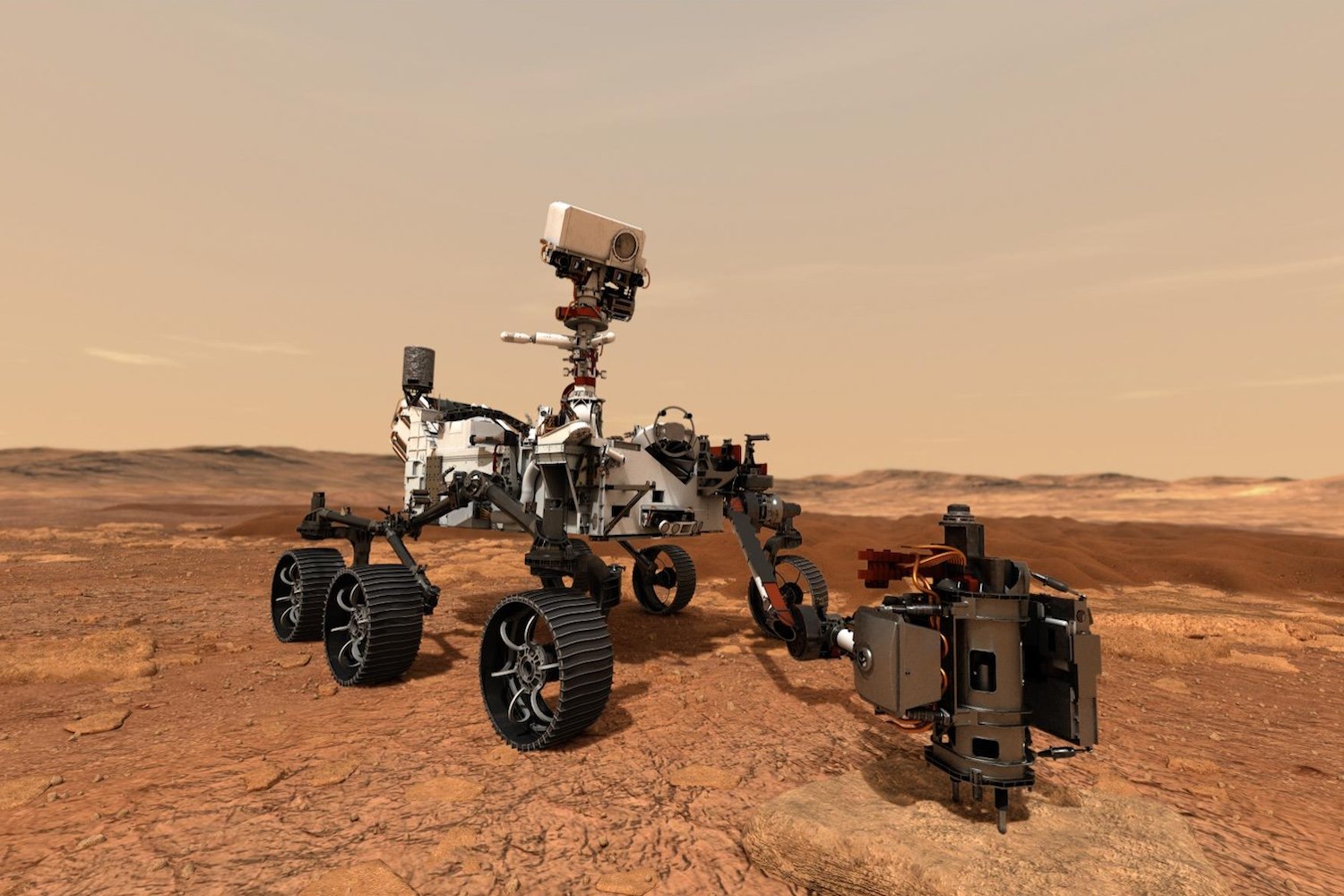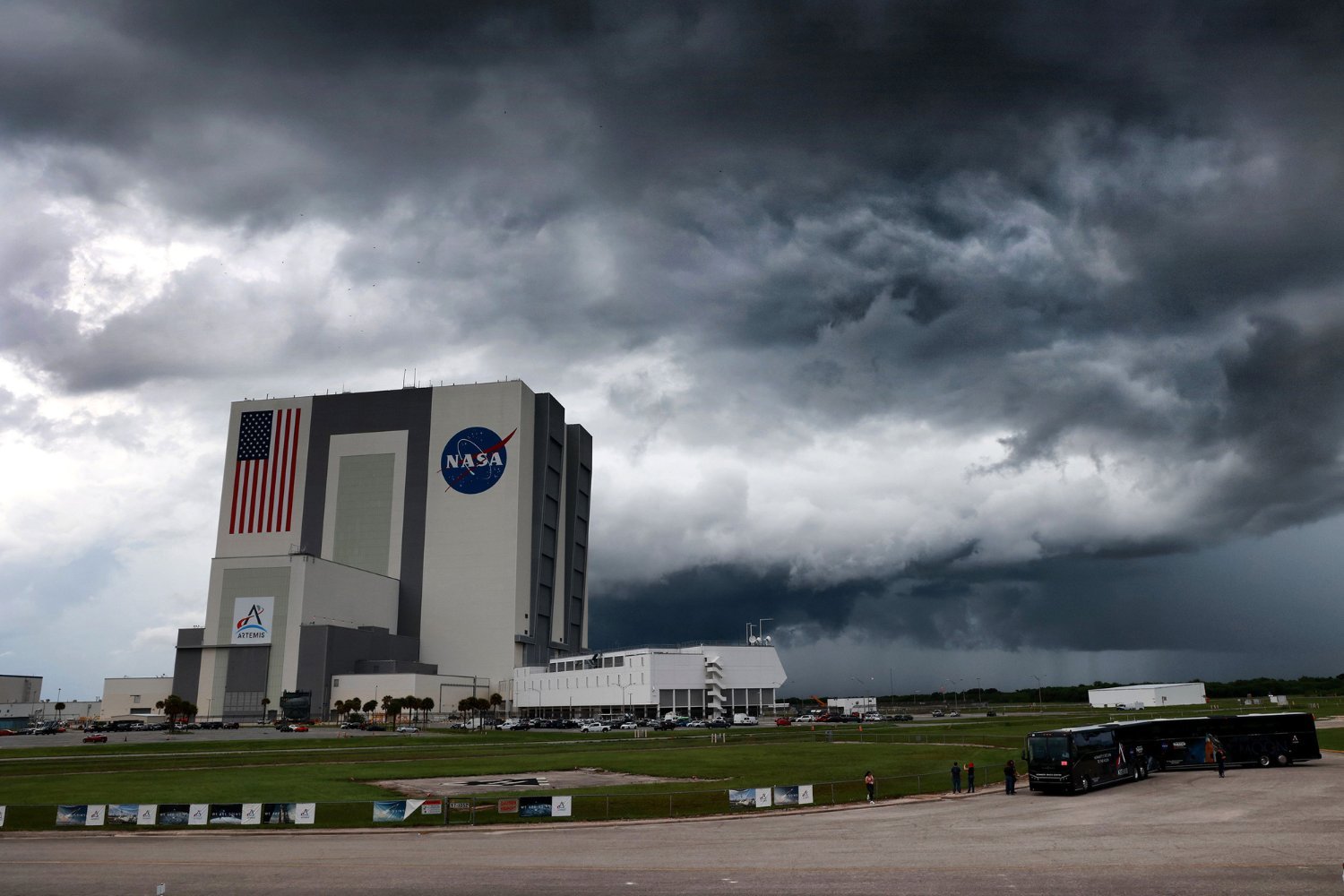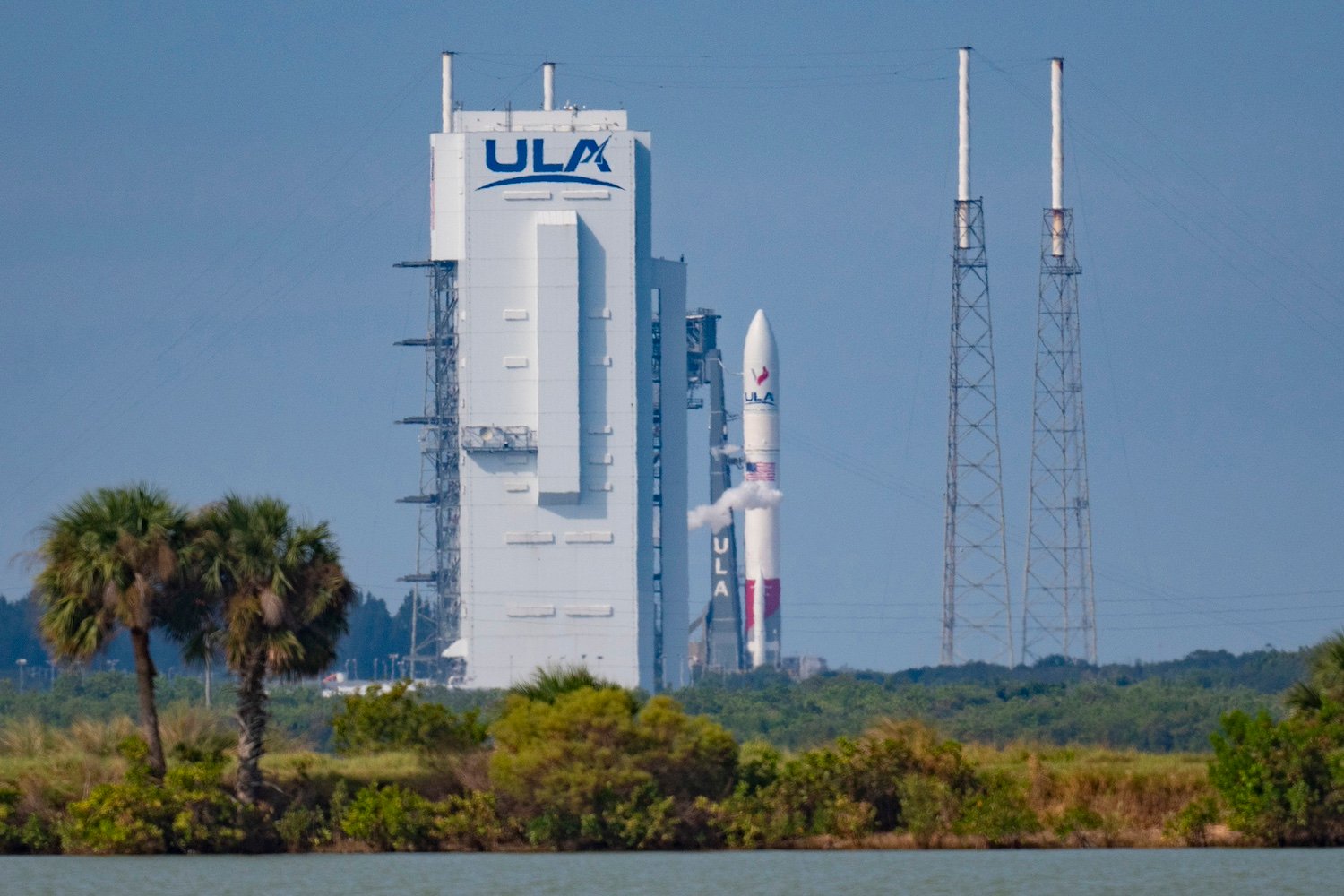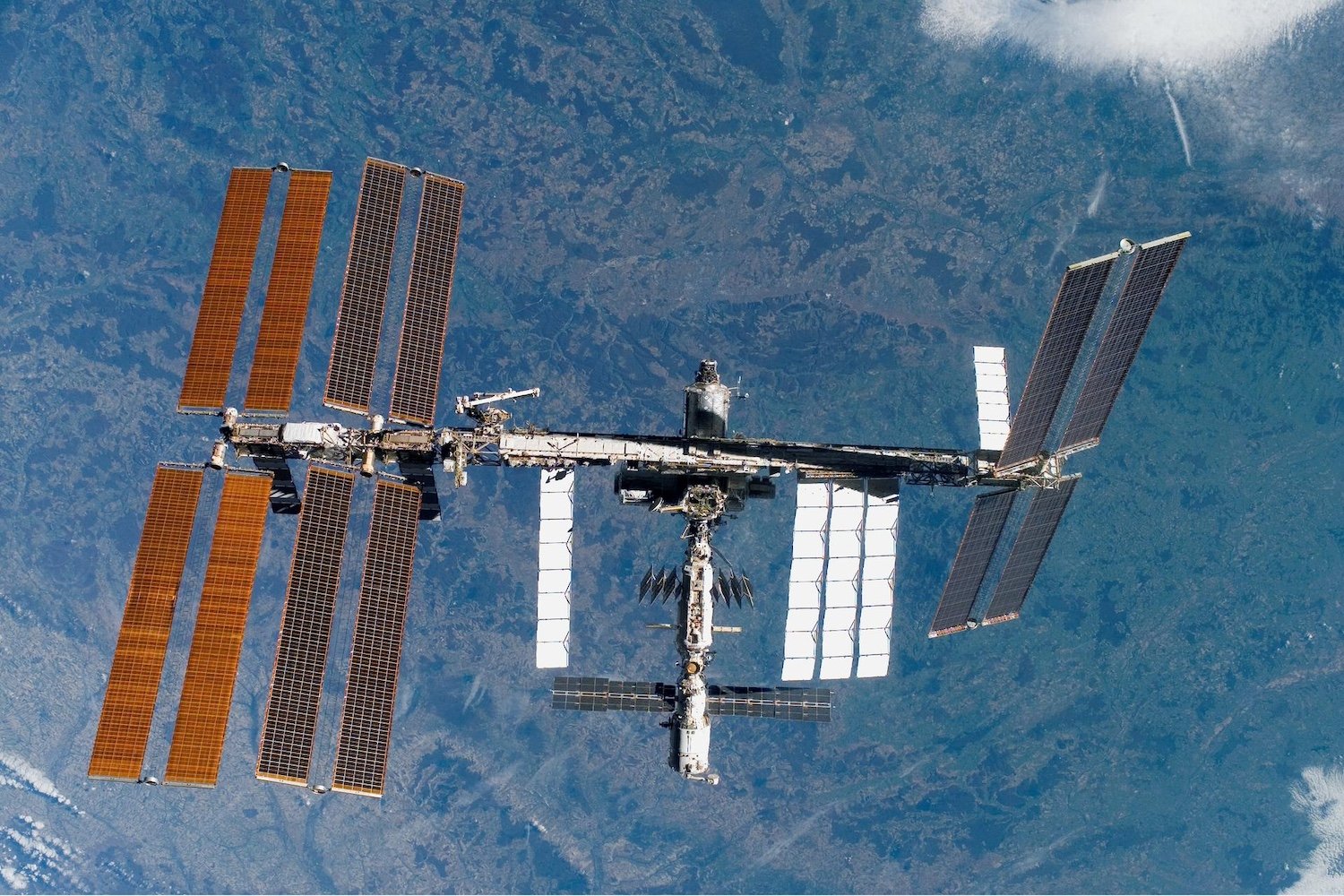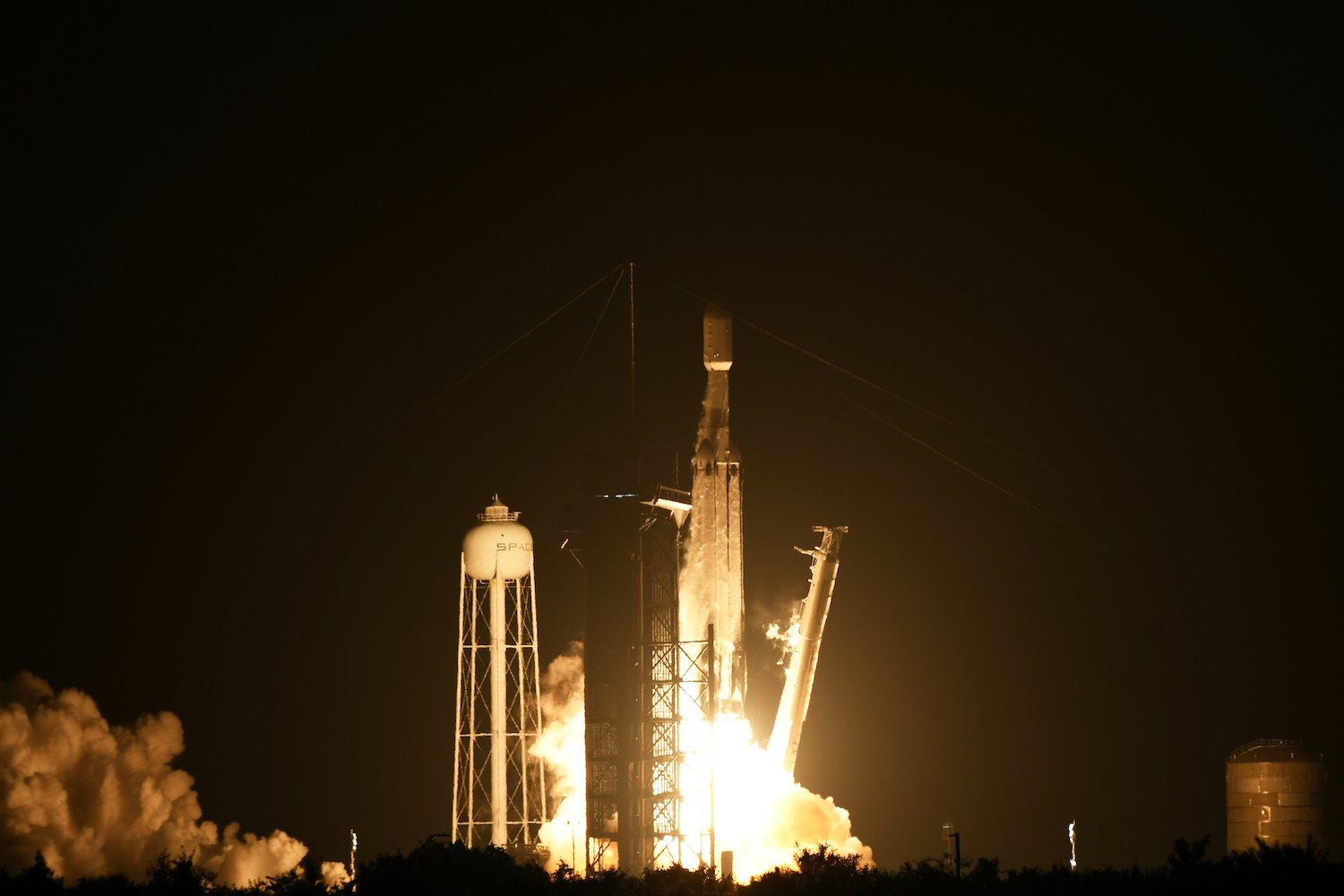NASA’s Perseverance rover has been diligently collecting rock samples on Mars for over three years, anticipating their eventual return to Earth for scientific analysis. The initial plan for retrieving these samples proved complex and faced budgetary challenges. Now, NASA has enlisted Rocket Lab, a rising force in the space industry, to develop a more efficient and cost-effective Mars Sample Return (MSR) mission concept.
Rocket Lab’s task is to devise an end-to-end mission plan that significantly reduces the cost and accelerates the timeline of NASA’s original MSR program. This groundbreaking endeavor marks the first attempt to bring Martian samples back to Earth. Faced with recent budget constraints impacting its scientific pursuits, NASA sought innovative solutions from the private space sector and its internal teams. This led to the call for proposals in April, aiming for a revised MSR strategy with improved efficiency and affordability.
The Challenges of the Original MSR Mission
NASA’s initial MSR plan involved a complex interplay of robots, landers, and orbiters operating on and around Mars. Perseverance gathers the rock samples, which are then transferred to a Sample Retrieval Lander. A small rocket launches the samples from the lander to an orbiting spacecraft, which then delivers them to Earth. Scientists eagerly await the arrival of these samples, hoping to unlock clues about Mars’ past habitability and the potential for ancient life.
However, the mission faced criticism for exceeding its initial budget and timeline. An independent review board (IRB) report in September 2023 highlighted the mission’s “unrealistic budget and schedule expectations,” deeming it a “highly constrained and challenging campaign.” This prompted NASA to reassess the mission architecture and temporarily pause the program to address budgetary concerns.
Budgetary Concerns and the Need for Innovation
Initially, the MSR mission had a $7 billion budget with a target return date in the 2030s. However, the projected cost escalated to $11 billion, pushing the estimated return date to 2040. NASA officials acknowledged that budget cuts had impacted the mission timeline, with the 2024 budget falling $2.31 billion short of expectations. The agency sought alternative approaches to achieve its ambitious goals within more realistic financial constraints.
Rocket Lab’s Cost-Effective Approach
Rocket Lab has a reputation for delivering cost-effective space exploration solutions. Their founder and CEO, Peter Beck, expressed confidence in their ability to develop an affordable and accelerated MSR mission. Rocket Lab’s prior experience with NASA missions, including delivering the CAPSTONE lunar orbiter and building twin satellites for the ESCAPADE Mars mission, strengthens their position as a valuable partner.
A New Era of Public-Private Partnership in Space Exploration
With decreasing funding for scientific missions and the simultaneous growth of the private space industry, NASA is increasingly relying on commercial partnerships. These collaborations are becoming essential for tackling fundamental scientific questions, such as the search for extraterrestrial life. The shift in the MSR mission exemplifies NASA’s adaptation to this evolving landscape, embracing the innovation and efficiency of private space companies like Rocket Lab.
Conclusion: A Hopeful Future for Mars Sample Return
The partnership between NASA and Rocket Lab offers a promising path forward for the Mars Sample Return mission. By leveraging Rocket Lab’s expertise in cost-effective space exploration, NASA aims to bring Martian samples to Earth sooner and within a more manageable budget. This collaboration underscores the growing importance of public-private partnerships in advancing scientific discovery and pushing the boundaries of space exploration. The future of understanding Mars and its potential for life may well rest on the success of this innovative approach. Learn more about the exciting discoveries hidden within Perseverance’s sample tubes: A Bonus ‘Hitchhiker’ Will Come Back From Mars in Perseverance’s Sample Tubes.



